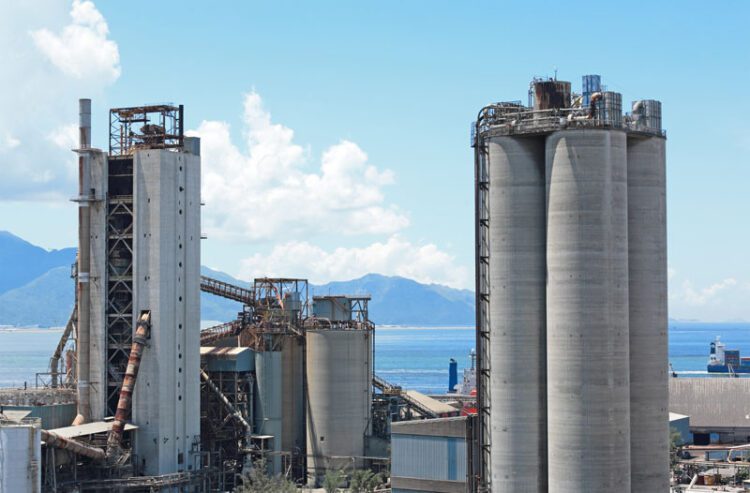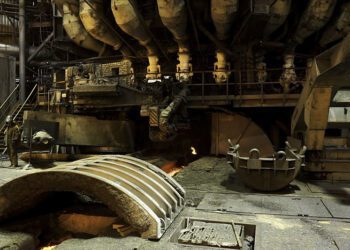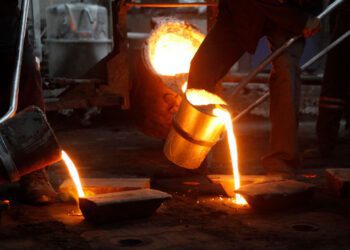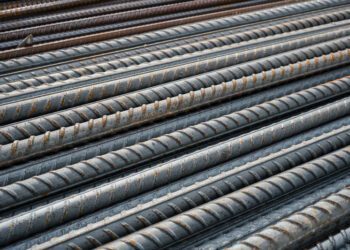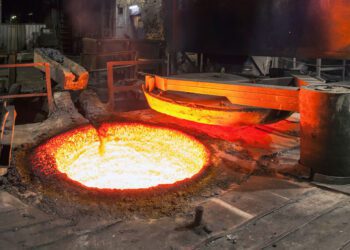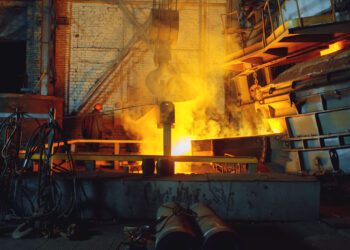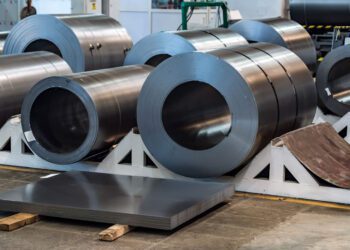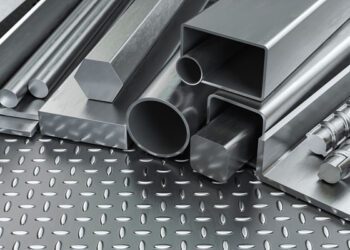As the world grapples with the urgent need to curb climate change, the cement industry, a significant contributor to global CO2 emissions, has come under intense scrutiny. The traditional process of cement manufacturing is energy-intensive, emitting approximately 0.9 pounds of CO2 for every pound of cement produced. However, a wave of sustainable innovations is paving the way for a greener future in this sector.
The move towards eco-friendly cement manufacturing hinges on several key innovations. One of the most promising developments is the use of alternative raw materials, such as fly ash, slag, and calcined clays, in the production of blended cements. These materials not only reduce the carbon footprint but also enhance the durability of the final product.
Another significant advancement is the adoption of Carbon Capture, Utilization, and Storage (CCUS) technologies. By capturing CO2 emissions produced during cement production and either utilizing them in other industrial processes or storing them underground, the industry can dramatically reduce its impact on the environment.
Energy efficiency is also a critical area of focus. Modern cement plants are investing in energy recovery systems that harness the heat generated during the manufacturing process, reducing the need for additional fuel. Moreover, the implementation of smart control systems ensures that energy use is optimized, cutting down on waste and emissions.
The use of renewable energy sources like wind, solar, and biomass to power cement manufacturing plants is gaining traction. Such energy sources not only diminish the reliance on fossil fuels but also offer long-term cost savings, given the decreasing cost of renewable technology.
Despite these advances, the industry faces challenges in upscaling these innovations. High initial investments, market acceptance of new types of cement, and regulatory hurdles are some of the issues that need to be addressed. However, with stringent environmental regulations and a growing global demand for sustainable construction materials, the industry is moving steadily towards a greener future.
